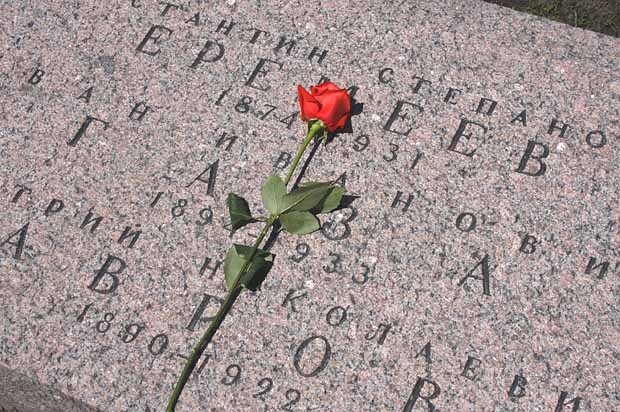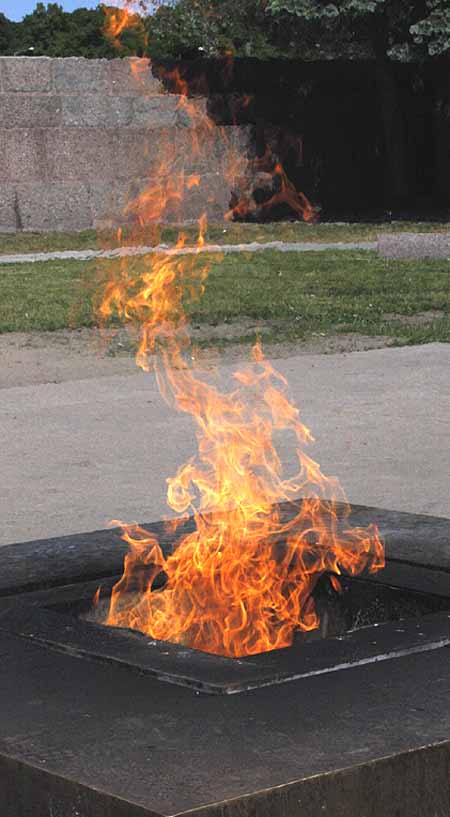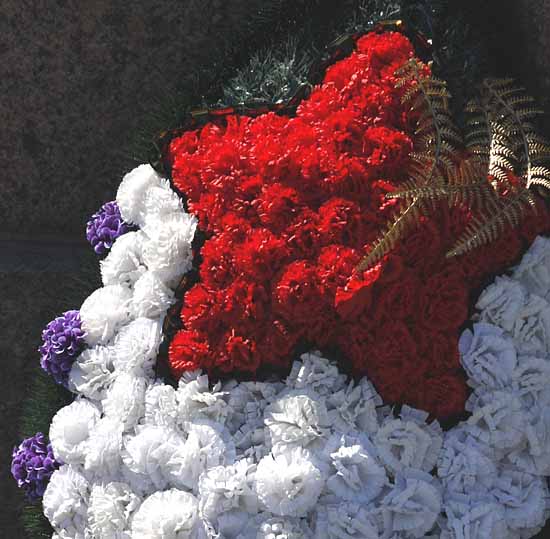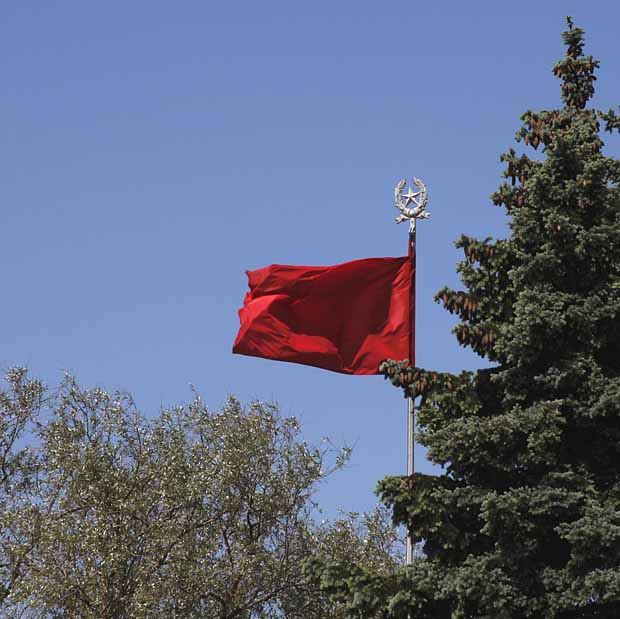|
On September 8, 1941, the German Army Group North, composed of 25 German divisions and supported by 7 Finnish divisions, completed the encirclement of Leningrad in Hitler's Operation Barbarossa. The Fuhrer publicly announced that he intended to celebrate New Year's Eve in the Winter Palace and issued official invitations to the party. Close to three million civilians were then living in the city and one million of them were immediately organized to help army units in Leningrad build and man fortifications around the city. Supplies of every kind were in short supply and by the winter of 1942 the food ration was down to one quarter pound of bread per person, per day. Combined British, Canadian, and American Lend Lease Aid commenced in the last quarter of 1941, but those countries had their hands full elsewhere and the initial trickle of supplies was able to contribute little to the immediate support of the city. In January and February 1942, 200,000 civilians died of cold and hunger. That winter hundreds of thousands of people fled Leningrad across frozen Lake Ladoga on what was then called "The Road of Life." Because the route was under constant enemy attack it was also called "The Road of Death." In a conscious act of defiance, Dmitry Shostakovich wrote and conducted the Seventh "Leningrad" Symphony inside the besieged city. Allied aid increased during 1942 and 1943 and helped to make it possible for the city's defenders to hold out, but German long range artillery and air bombardment over a period of two and a half years devastated the city. The German hold on the city was finally broken on January 17, 1944, when Marshal Zukhov was able to establish control over a narrow corridor into the city via frozen Lake Ladoga. The Red Army succeeded in pushing the Wehrmacht back and lifted the siege ten days later. It is not known exactly how many civilians died during the siege, but estimates range from 640,000 to 800,000. Some estimates that include related Russian military losses put the total dead at 1.5 million. Over 500,000 civilians are buried in one mass grave alone. The Siege of Leningrad is as crucial to an understanding of this magnificent city as is an appreciation of it's founder, Peter the Great. It is important to understand that most of vertical St. Petersburg has been rebuilt several times over the centuries, most recently in the years after the end of WWII.
|
|




